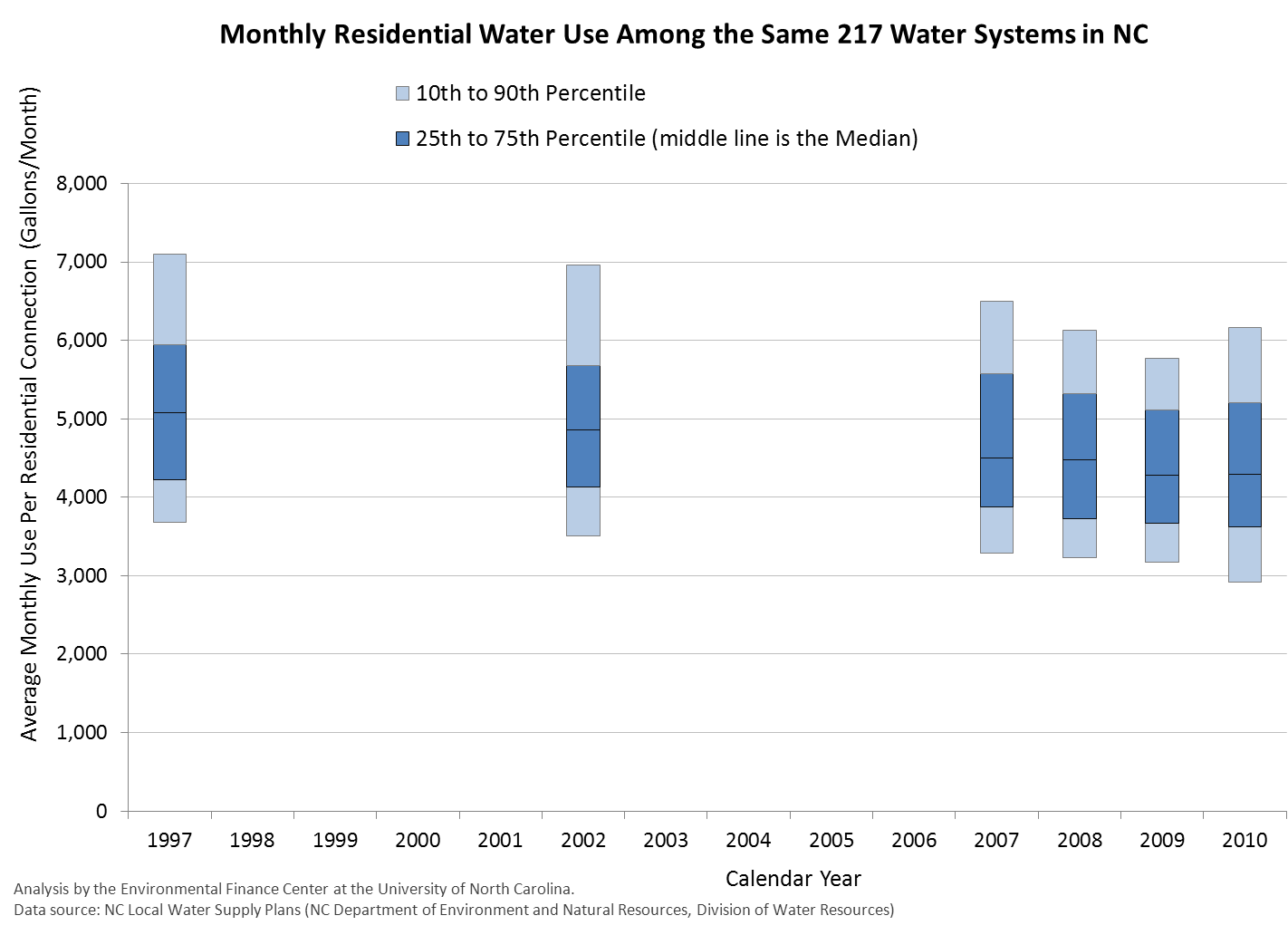Guest author Catherine Noyes is an Associate Consultant at Raftelis Financial Consultants.
Through the 1960s, the utility business was all about protecting public health – making sure that technology was in place to ensure safe and reliable water and wastewater service to a growing population. In the 1970s, the focus on public health was expanded to include the environment. The EPA was established, and the federal government enacted legislation to protect clean air and water. With this legislation came large federal grants, which funded expansions to the nation’s water and sewer infrastructure. Continue reading







